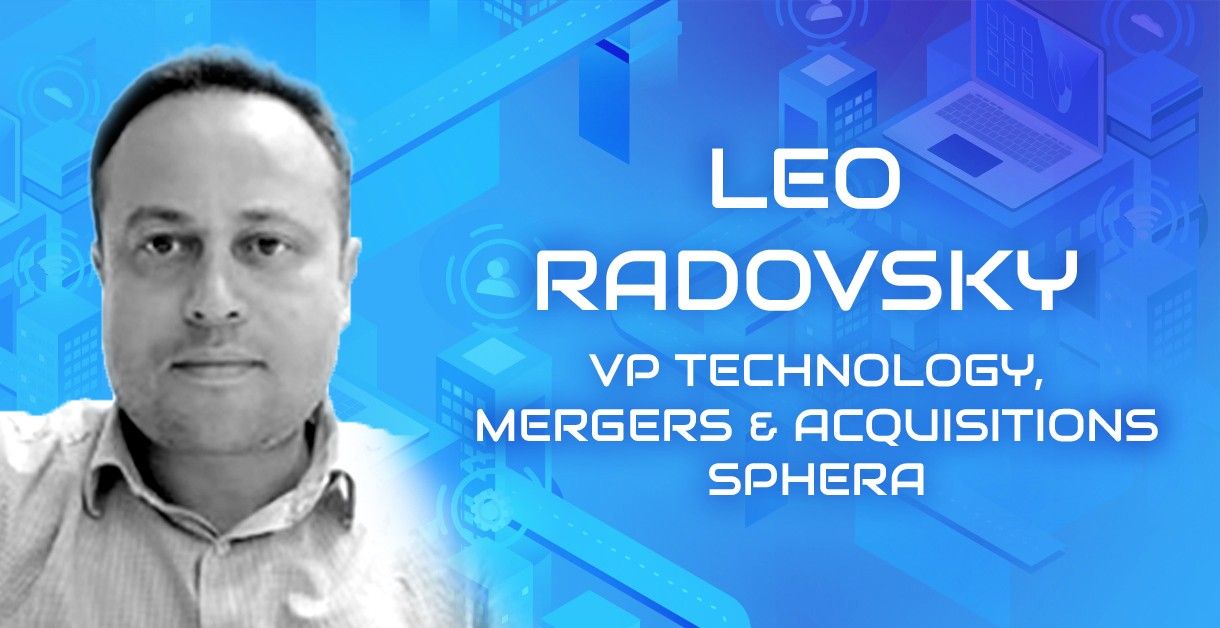
The term business systems can mean different things to different people. What does the term mean from your perspective?
LEO: By definition, any system is a set of objects working together within some sort of a mechanism to achieve an outcome. To my mind, business systems are a collection of processes that are interconnected by design to accomplish a business goal or a set of business goals. Because business goals are constantly evolving, business systems need to evolve as well.
Holistically addressing business systems would include incorporating strategy, process, people, and technology. Are companies often challenged to look at these issues in an integrated manner?
LEO: That’s an interesting question because I think most people understand the processes, people, and technology part of business systems. But what is missing much of the time from is the strategy part. I’ve seen many projects that were primarily driven by key technical team members. These projects are technologically sound but can be tactical and not aligned with the business objectives. The project leads might talk about environments, infrastructure, and specific functionality, but the broader business isn’t really involved or doesn’t know how to answer the question of ROI at the end of the project. So while the new system is in place and likely addressing some limitations of the old system, the project did not move the company toward its goals. An incorporating strategy is a missing piece, and the question of strategy should be front and center within any business systems implementation.
For example, they have involved me with several eCommerce platform implementations. When eCommerce people undertake a project they expect better conversion rates and SEO, and budgets are put in place based on the assumption that these two areas will markedly improve. When these two factors do not improve, it is because the business model, product line, or product quality is still flawed. The new business system is not going to do much for the overall business unless it is tied to an overall strategy.
Is it the technology team’s job to gather information from the organization at large, or is it the executive team’s job to relay understanding of the strategy?
LEO: It must be a combination. The technology leadership must be clear on the objectives of the overall organization and apply those understandings to the tactical implementations of a system. This information needs to propagate across all the technical requirements. All stakeholders must understand how various decisions will contribute to the overall company strategy. For example, if a successful outcome of the business system implementation will improve SEO, the product team must help the technical team understand how that success will contribute to the overall strategy.
When you start selecting technology systems, how do you approach this decision-making?
LEO: Technology is increasingly commoditized, so the selection of specific technology tools, systems, frameworks, and architecture has become a much easier part of the equation. However, data protection, security, and regulatory compliance are challenging concerns, especially for global businesses. We now frequently contend with these complex privacy and data security concerns different from country to country and, in the US, even from state to state. Unfortunately, often these requirements are overlooked in projects’ initial phases.
One example is GDPR requirements. As the project advances, you might learn that you don’t have the correct processes and maybe not even the right technologies. To complete the project within the designated window, a significant scope creep might occur, requiring additional resources. So this traditional system implementation and system selection process must evolve, and different parties need to be at the table. Again, rather than core frameworks being the challenge, security and compliance might be the most challenging problems to solve, and you need to have the right people involved—InfoSec and CISCOs, for example.
Have you been in situations where you were considering building versus buying a technology application?
LEO: Yes, this is nearly a daily issue. Because of my current M&A role, I see this a lot from a business application perspective. At Sphera, it’s important for us to observe a business and start upgrading, selling, and operating as one entity as quickly as possible. Private equity and M&A activities have peaked recently, and companies position themselves for sale so they can be as easily observed as possible. They try to be as generic or standardized across their business processes and business applications. In these situations, economics demand buying fairly standard technology solutions rather than building an in-house custom solution.
In previous years this wasn’t the case and building your own solution might have made a lot more sense. But given today’s technology landscape, you can use an ecosystem of complementary applications that fairly easily integrate. It becomes an easy decision that it’s much cheaper to implement a technology package and change it than it is to build it from scratch.
Can you think of any examples of projects in which you’ve implemented a technology system that contributed to significant growth or cost reduction?
LEO: Increased profitability is the entire point, and if your decisions are not helping facilitate growth or cost reductions, you are not making the correct decisions. I’ve been implementing and integrating ERPs and eCommerce platforms for a long time. One example that springs to my mind are the work I did with a leading gourmet popcorn company based in Chicago.
When I joined the company, it was a small brick-and-mortar business. We had seven stores and virtually no eCommerce or fulfillment automation. But the company made a strategic decision to become the largest player in the specialty popcorn space. So we implemented a bunch of platforms across the board, and they all integrated to form the backbone of our ERP, eCommerce, and warehouse management system integrations. Three years into the project, the company went from a seven-store operation in the Chicagoland area to a seventy-store operation across the globe and eight figures per year in online sales. Largely, this tremendous growth resulted from an ability to scale and transact through different channels enabled by internal system architecture and integration.
Every technology decision we made was designed to support the goal of becoming the largest specialty popcorn player.
Another more recent example was work with a mid-size, high-end office furniture retailer that decided to pivot into different product categories. However, because of the lack of internal processes and systems, it couldn’t scale. It couldn’t really integrate with third-party sellers such as Amazon and other important market players. But, two-and-a-half years into a transformation project, the company completely changed direction and became one of the largest resellers of outdoor products. Today, the company is converting over 10,000 sales per day.
The company had legacy systems and processes that severely limited its ability to grow, but good, smart people and enough cash on hand transformed the business.
What advice would you give a rapidly growing, emerging company looking to design its business processes for scalability?
LEO: At some point, you need to have a structured implementation, and decisions need to be made to get to market quickly. So I would recommend a hybrid approach. As you focus on your immediate goals, have in parallel a two-year system completion roadmap in place, so as you think about your immediate needs, you think about your two-year vision at the same time. That way, you ensure whatever decisions you make today will not prevent you from implementing your broader two-year plan in the future.
Of course, you need to be knowledgeable about where the technology is going, and you also need to be cautious about any kind of regulatory and compliance changes that might come your way.
Sphere Software (https://sphereinc.com), is the sponsor and organizer of Techdebates.org and also finds great value in these follow-up discussions with industry experts. Sphere Partner is a technology consulting and solutions company. Everything we do is designed to accelerate your business, remove technical constraints, and eliminate staffing bottlenecks.





